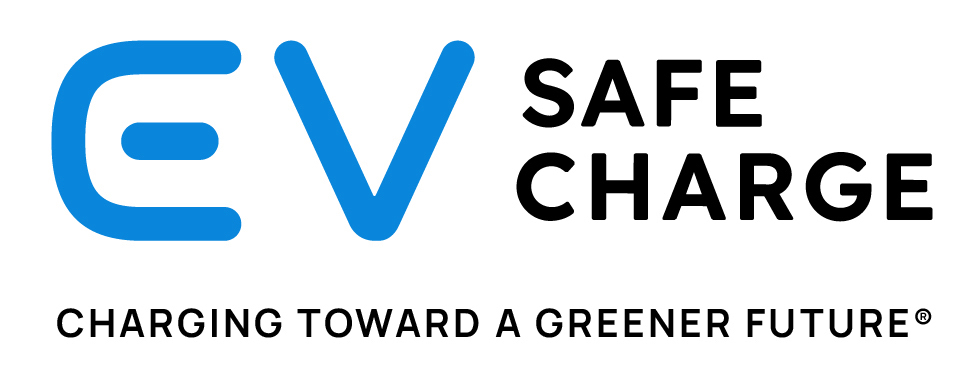Industry observation: Electric vehicles have ushered in mobile charging technology, and there are solutions at home and abroad
In crowded cities and crowded underground garages, finding a charging point for electric vehicles is not easy. Traditional fixed charging piles require complex arrangements to be available. When the number of electric vehicles and the demand for charging are large, flexible mobile charging technology has become an effective supplement.
In the Chinese market, we have seen the application of this new mobile charging method one after another. The “mobile new intelligent charging robot” named Xiaoguang, independently innovated and developed by the State Grid Jinhua Power Supply Company, is a good example. This new mobile intelligent charging robot has a single capacity of 30 kWh and a discharge power of 30 kW. It can quickly charge a new energy vehicle with a cruising range of about 600km in 2 hours, and is suitable for most mainstream electric vehicles on the market.
The way it is used is: Pile to find a car. Users can call the charging robot through the APP. After hearing the call, it will obey the call, drive autonomously to the designated location to charge according to the pre-planned route, and return by itself when finished. In addition, it can also use the Internet of Things technology to read “vehicle power status + battery data” in real time, and through real-time monitoring of the car chassis temperature and charging temperature, it can timely remind the owner of charging safety and escort the charging and discharging of the vehicle.
In addition, the Yijiadian intelligent mobile energy storage charging pile independently developed, produced and manufactured by Guoxuan Hi-Tech can also help you solve this charging problem through mobile charging. The traditional charging method of new energy vehicles is “cars looking for electricity”, but the smart mobile energy storage charging pile released this time is “electricity looking for cars”.
Guoxuan Hi-Tech’s mobile energy storage charging pile costs 350,000 yuan per unit. Yijiadian intelligent mobile energy storage charging pile is independently developed by Guoxuan Hi-Tech. The product has the characteristics of easy layout, multi-scene, large capacity and high power. Mobile energy storage charging has three major advantages: from the perspective of electricity consumption, charging gets rid of the constraints of the grid, realizes peak shaving and valley filling and reduces grid load, making charging safer and more secure; from the perspective of site, charging breaks through the space Limited, no infrastructure construction is required, and deployment is more flexible; from the perspective of application scenarios, it breaks the limitation of thinking, that is, it is a charging pile and an energy storage station, and the economic benefits are directly doubled.
EV Safe Charge, a leading provider of flexible electric vehicle (EV) charging technology, today launched its ZiGGY mobile electric vehicle charging robot. ZiGGY will bring EV charging to parking facilities, shopping and entertainment centers, hotels, fleet operators and owners, providing cost-effective charging that overcomes the limitations of stationary EV chargers without the need for expensive electrical infrastructure. Additionally, ZiGGY’s digital ad servers can generate ad revenue for facilities and display customized information.
The ZiGGY will be summoned to the EV via a mobile app or in-vehicle infotainment system, and then arrive at the vehicle’s parking space, ready to reserve a charging spot. ZiGGY is able to return to its base to be recharged via the grid, batteries or solar power or a combination of these. ZiGGY can also be selected for off-site charging if no infrastructure is available or not required on-site. ZiGGY is equipped with two large screens that can be used as kiosks or interactive advertising displays – an additional source of revenue for parking facility operators. EV Safe Charge will lease ZiGGY to provide “charging as a service” to the facility and provide ongoing technical support and maintenance. Facility operators can choose to direct vehicle owners to an app to make payments or provide charging services.
As the number of electric vehicles increases, so does the demand for charging stations. However, retrofitting existing parking structures can be expensive and inconvenient. Volkswagen’s mobile charging robot concept can alleviate this problem by allowing chargers to enter the vehicle bay and charge them automatically. The robot is fully automated, equipped with cameras, lidar and ultrasonic sensors, and can charge parked cars on its own using a robotic arm and a 25 kWh battery “van”.
“To charge multiple cars at the same time, the robot would move a trailer (essentially a mobile energy storage unit) close to the car, connect it up, and then use the energy storage unit to charge the battery of the electric car,” Volkswagen said. , “The energy storage unit remains with the vehicle during the charging process. At the same time, the robot can also charge other electric vehicles. Once the charging service is over, the robot independently collects the mobile energy storage unit and brings it back to the central charging stand.”
In short, with the increase in the number of electric vehicles, mobile charging will inevitably become a supplement to future charging. It’s just that in the early stage of technology, the standards have not been unified, which means that there are more opportunities for innovation, and we can expect more solutions to come.













